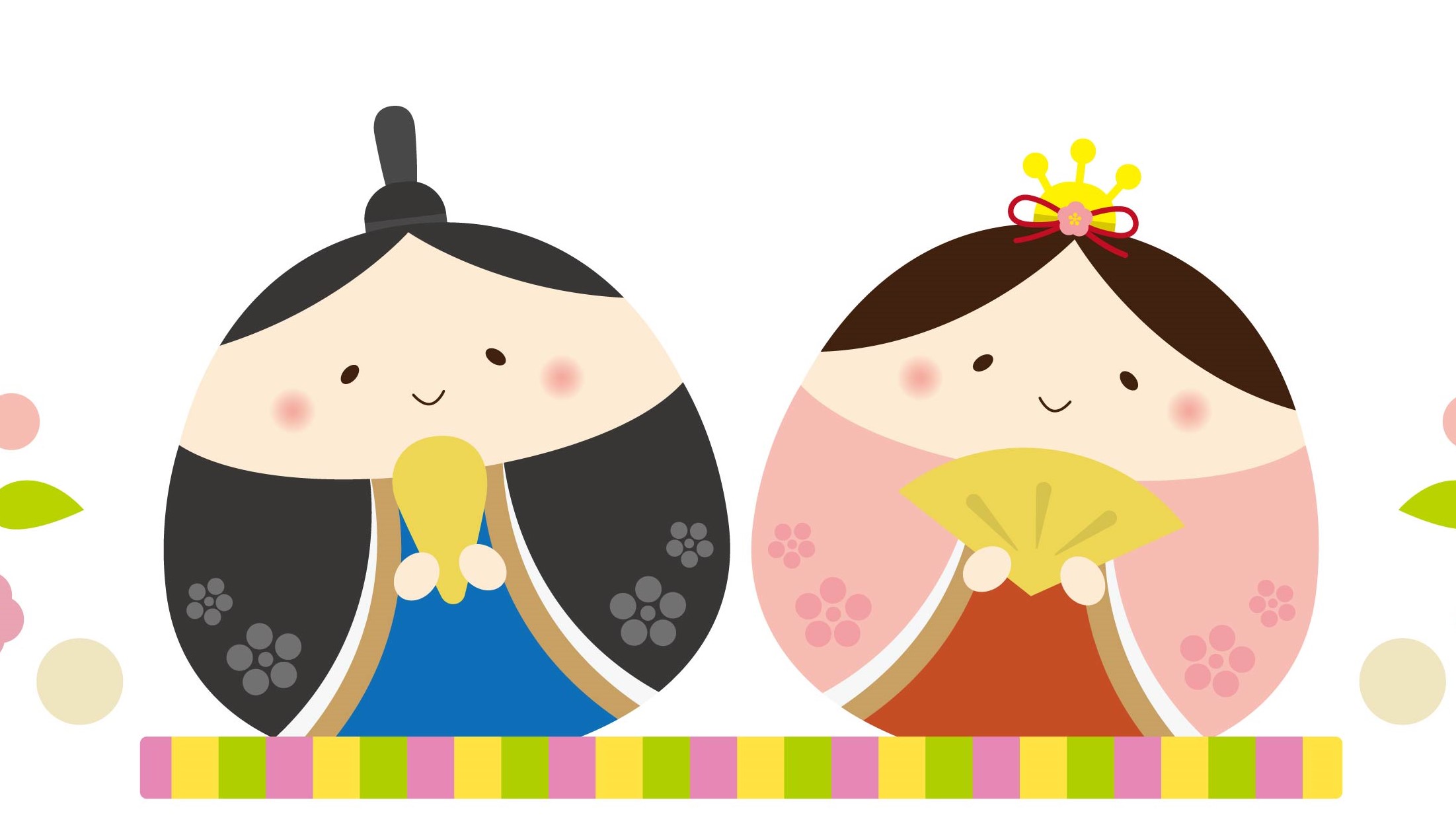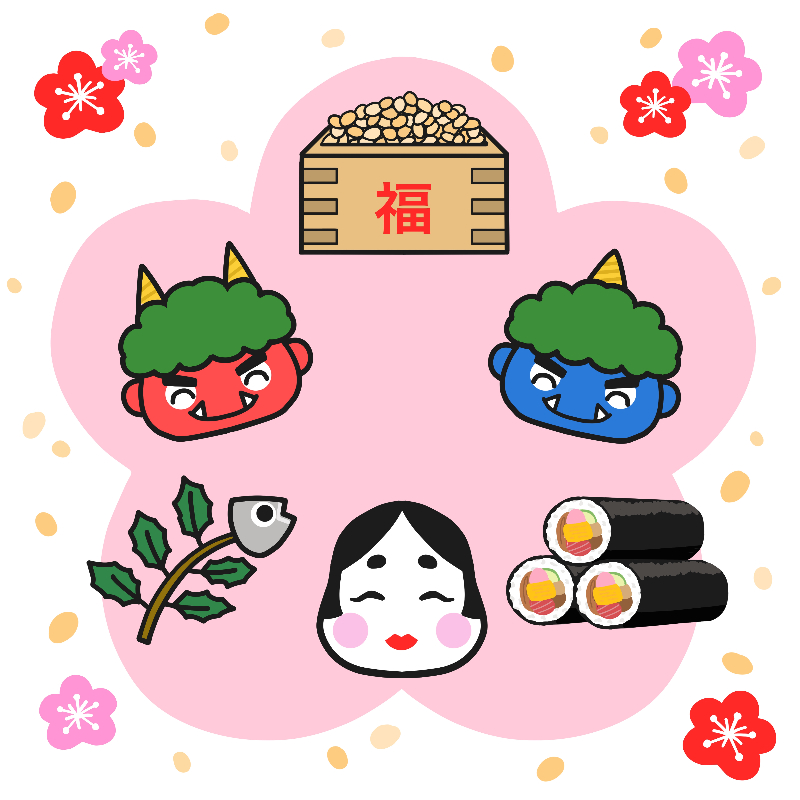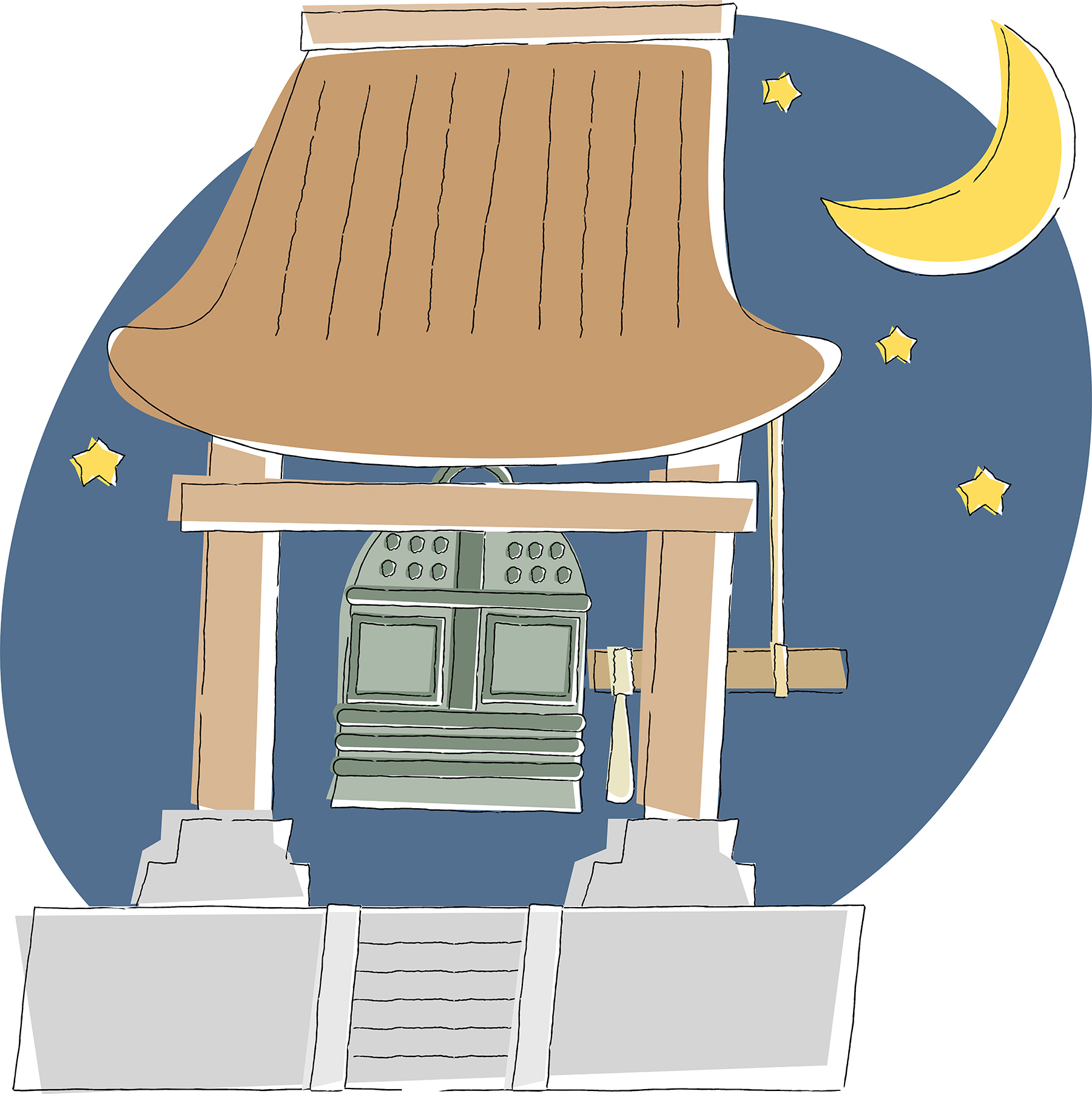
Sumo classroom games
 Students learn about sumo rituals and play various sumo games in class.
Students learn about sumo rituals and play various sumo games in class.
This resource comprises of a PPT, and props in PDF format.
How to use the resource

PPT (Sumo Games):
The PPT introduces six sumo games that can be played in class, with cultural information and step by step instructions.

PDF (Sumo Referee Fan):
This includes a 軍配(sumo referee’s fan). Copy the fan onto thick paper or cardboard, cut it out and use for sumo games.

PDF (Tonton Sumo Wrestler):
This includes six りきし(sumo wrestler) cutouts for とんとんずもう. Copy the sumo wrestlers onto think paper or cardboard, cut them out and fold them so they can stand.
Note: to make the wrestling ring for とんとんずもう, take a cardboard box such as a shoe box, turn it bottom up and draw a wrestling ring (like in the image below) about 20cm in diameter on the top.

Teacher's Notes
東 VS 西
In Sumo tournaments, all wrestlers are divided into two groups, 東(East) and 西(West), and enter from either corner.
Before each match the 呼び出し(ring attendant) calls out the names of the competing wrestlers, drawing out his words,
「ひがーしー、むさしーまーるー、
にーしー、たかのーやーまー」
はっきよい、のこった
These phrases are yelled out by the referee during a bout.
「はっきよい」(はっけよいis sometimes used)is said to be an abbreviation from 発揮揚々, which means ‘lively with vigour’.
「のこった」(literally ‘it remains’) is used to indicate that the fight is not over yet so the wrestlers have to continue fighting.
四股名(しこな)
Each Sumo wrestler is given their own 四股名 (ring name). The name usually includes kanji which have the connotation of ‘big’ or ‘strong’. 海 (ocean) and 山(mountain) are very common in wrestlers’ names. Other examples are 龍 (dragon), 力 (power), 島 (island), 波 (big wave), and 富士 (Mt Fuji). The other part of the name usually indicates the stable to which the wrestler belongs. This is usually derived from the ring name of the stable master, but sometimes the name of a wrestler’s hometown or their real name is used.
How to make 四股名(しこな) ring names for students:
- use student’s name, e.g. ジョンのふじ
- use hometown, e.g. きんのうみ(Gold coast!)
Resource created by Himiko Negishi-Wood based on the activity resources published in 1996 by Himiko Negishi and Cathy Jonak (July 2019).




